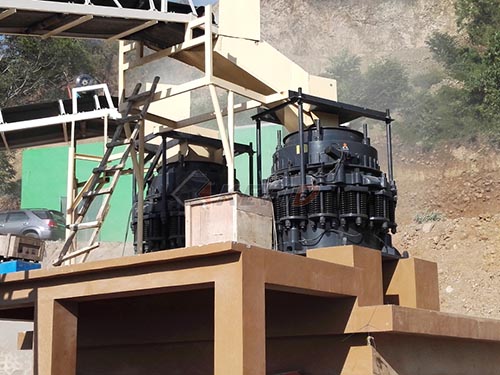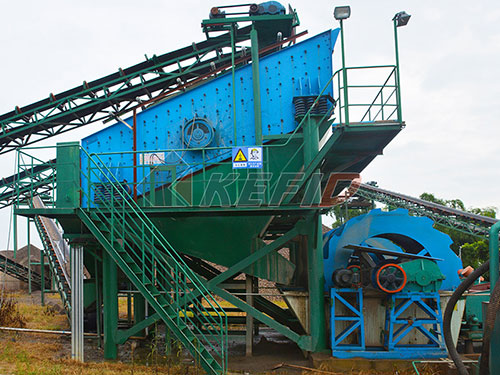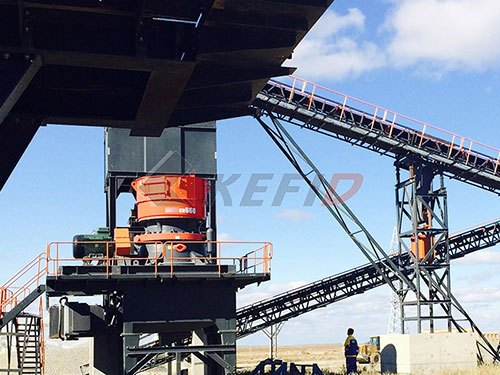
Unlocking Efficiency: The 2PG1000×800 Double Roll Crusher & True Cost of Coal Crushing in Mozambique
Introduction: The Mozambican Coal Imperative

Mozambique stands poised at a critical juncture in its economic development, with vast coal reserves in the Tete Province representing a significant opportunity. The Moatize and Benga basins hold billions of tonnes of high-quality thermal and coking coal. Efficient extraction and processing are paramount to realizing the economic potential of these resources and contributing meaningfully to the nation’s GDP. At the heart of any efficient coal preparation plant (CPP) lies the primary crushing stage, where run-of-mine (ROM) coal is reduced to a manageable size for further processing, washing, and transportation. Selecting the optimal primary crusher is not merely an equipment choice; it’s a fundamental strategic decision impacting operational efficiency, long-term costs, plant availability, and ultimately, project profitability.
This article delves deep into the application of the Double Roll Crusher model 2PG1000×800 as a premier solution for primary coal crushing in Mozambique. We will move beyond simple machine specifications to explore its operational advantages within the specific context of Mozambican mining conditions and conduct a comprehensive analysis of its Total Cost of Ownership (TCO) – a crucial metric often overshadowed by initial purchase price but decisive for sustainable operations.
Understanding the Double Roll Crusher (2PG Series)
The double roll crusher operates on a remarkably simple yet highly effective principle: two counter-rotating rolls draw material into the crushing chamber through friction. The feed material is nipped between the rolls and subjected to compressive force, resulting in size reduction primarily by compression and shear.
Components & Operation:
Rolls: The core components. For the 2PG1000×800 model:
Diameter: 1000 mm – Provides significant leverage for powerful crushing.
Width: 800 mm – Dictates feed size capacity and throughput volume.
Surface: Typically equipped with segmented wear liners made from highly abrasion-resistant manganese steel or specialized alloys. These liners are bolted on for relatively straightforward replacement when worn.
Shafts: Robustly engineered shafts mounted on heavy-duty bearings housed in rigid bearing housings.
Adjustment System: A critical feature allowing operators to set or adjust the gap between the rolls during operation or shutdown. This gap directly determines the maximum product

Leave a Reply